In the realm of oral care manufacturing, complaints about nozzle clogging combined with tray deformation are increasingly common. Though seemingly unrelated, these two failures often occur together, suggesting deeper systemic design weaknesses. Is this coincidence, or does the root cause lie within product architecture? In this blog, we explore why nozzle clogging and tray deformation may both point to a preventable design flaw.
In devices like water flossers and whitening applicators, nozzle clogging is a frequent issue that directly impacts user experience and product efficacy. Clogging is typically caused by:
Blocked nozzles result in inconsistent spray patterns, uneven gel delivery, and eventual product failure, leading to end-user dissatisfaction and increased warranty claims.
Tray deformation, commonly reported in whitening trays or holding fixtures, usually stems from:
Once deformed, trays fail to hold gels or position correctly in the oral cavity, compromising both comfort and treatment efficacy. Company web:https://www.powsmart.com/product/electric-toothbrush/
Although nozzle clogging and tray deformation appear distinct, they frequently share common triggers:
Together, these failures indicate fundamental design oversights rather than isolated material defects.
To eliminate tray deformation and nozzle clogging simultaneously, manufacturers must address both:
Material and structural decisions during R&D phase directly dictate downstream defect rates.
Beyond material upgrades, introducing design innovations can significantly lower clogging and deformation risks:
Simple structural changes often yield disproportionate improvements in real-world reliability.
From a B2B sales perspective, resolving these linked failures offers key advantages:
Ultimately, recognizing the interconnection between nozzle and tray failures allows for holistic product improvement.
Are nozzle clogging and tray deformation signs of a hidden design flaw? In many cases, yes. What may seem like unrelated issues are, in fact, linked by shared material weaknesses and flawed fluid dynamic design. By addressing these together at the design and engineering stages, manufacturers can prevent dual-mode failure, reduce operational risks, and deliver a superior, reliable user experience. Contact us
.jpg)
.jpg)
.jpg)
Solution for Color Customization of Water Flossers: From Pantone Code to Actual Machine – A Comparison of Two-Color Injection Molding and Gradient Spraying

The History of the Evolution of Oral Irrigators

What Are the Benefits of Our Patented Structural Design for Electric Toothbrushes?

How to choose a qualified oral irrigator manufacturer?
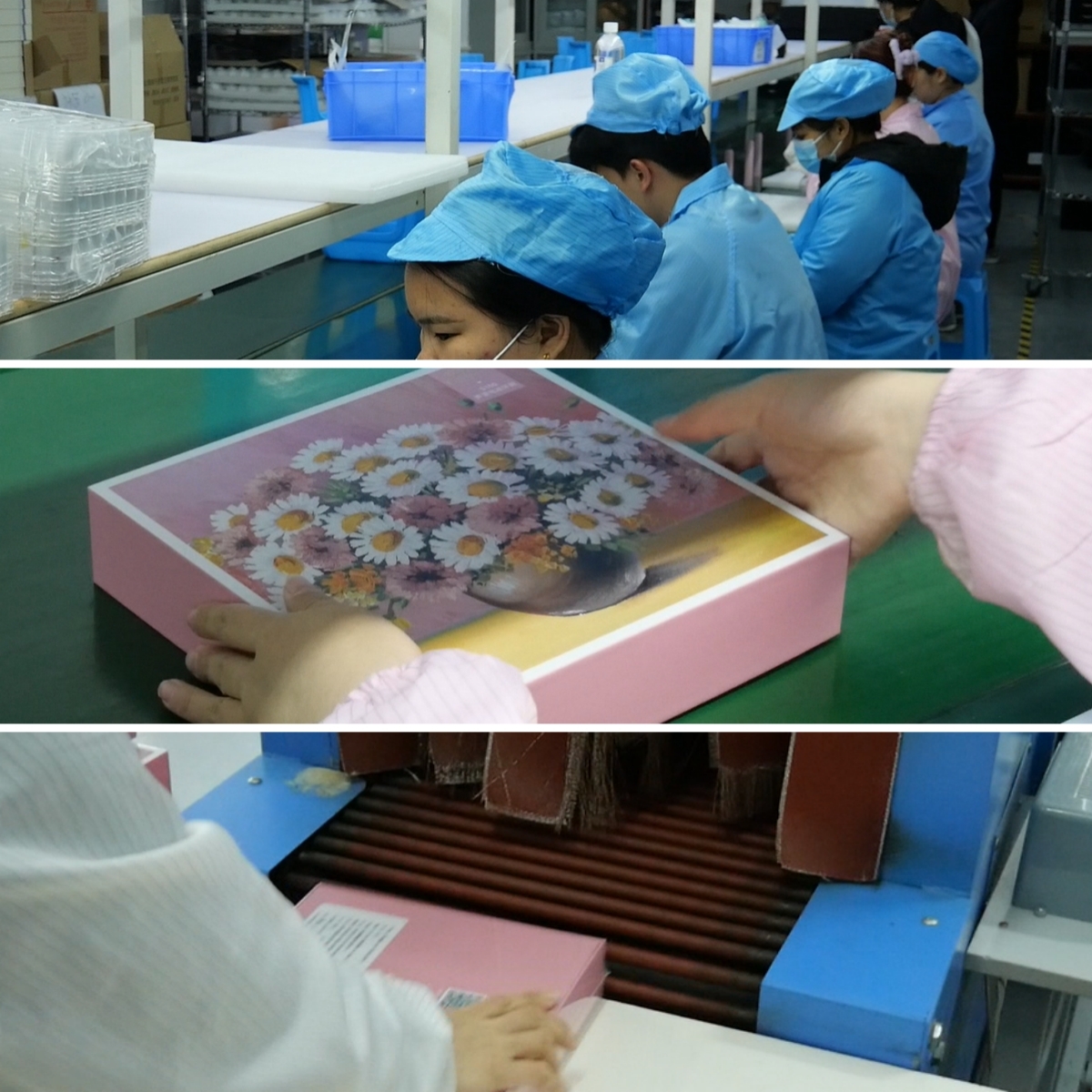
Electric Toothbrush Factory – Tell You the Proper Way to Brush Your Teeth
Gel Leakage Plus Enamel Erosion – Double Damage?
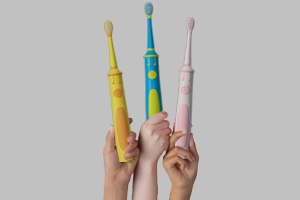
The Market Prospect of Children Electric Toothbrush
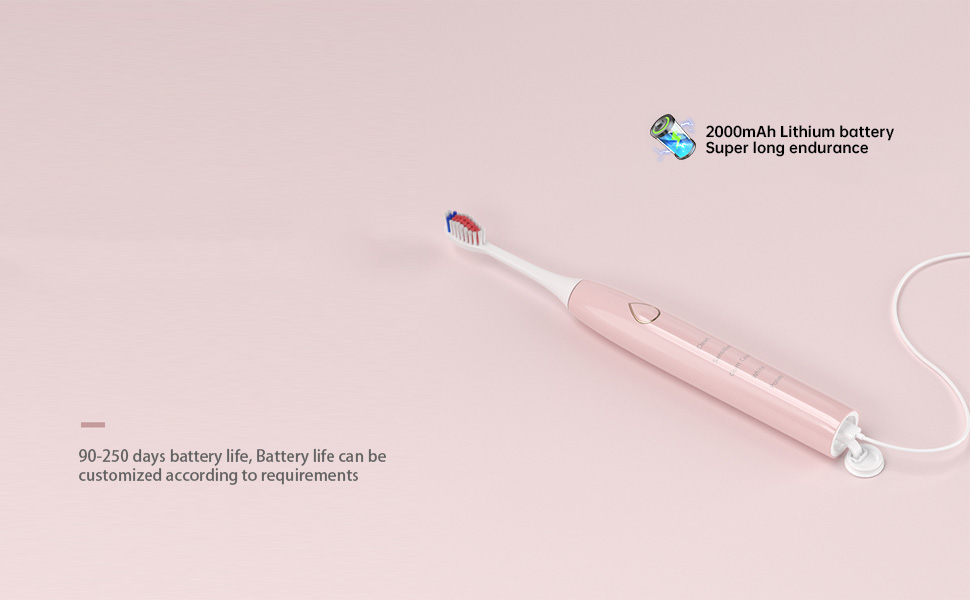
Why can’t the electric toothbrush be charged?
.jpg)
Exploring Toothbrush Partnership Models?
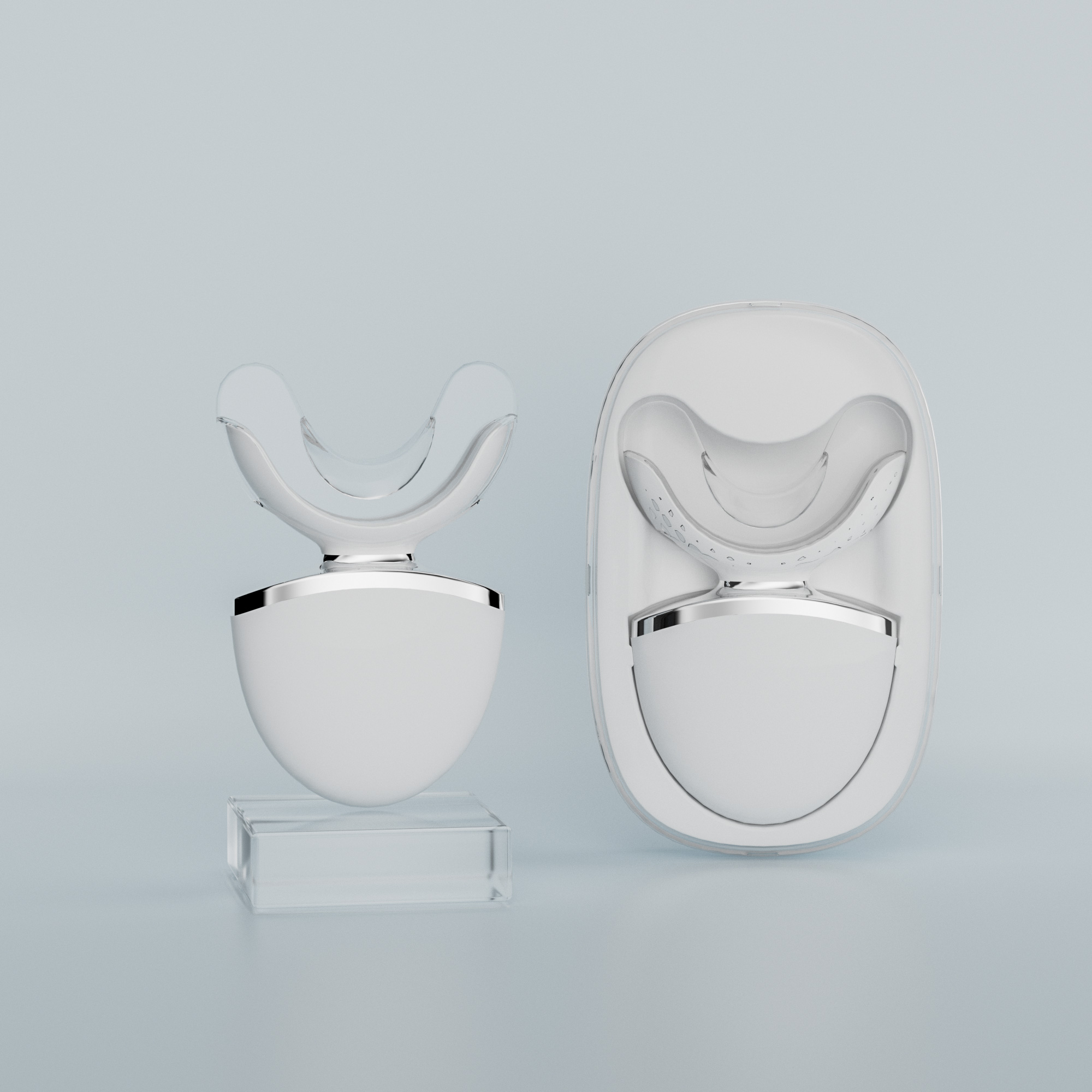
Custom Details of the Teeth Whitening Kit
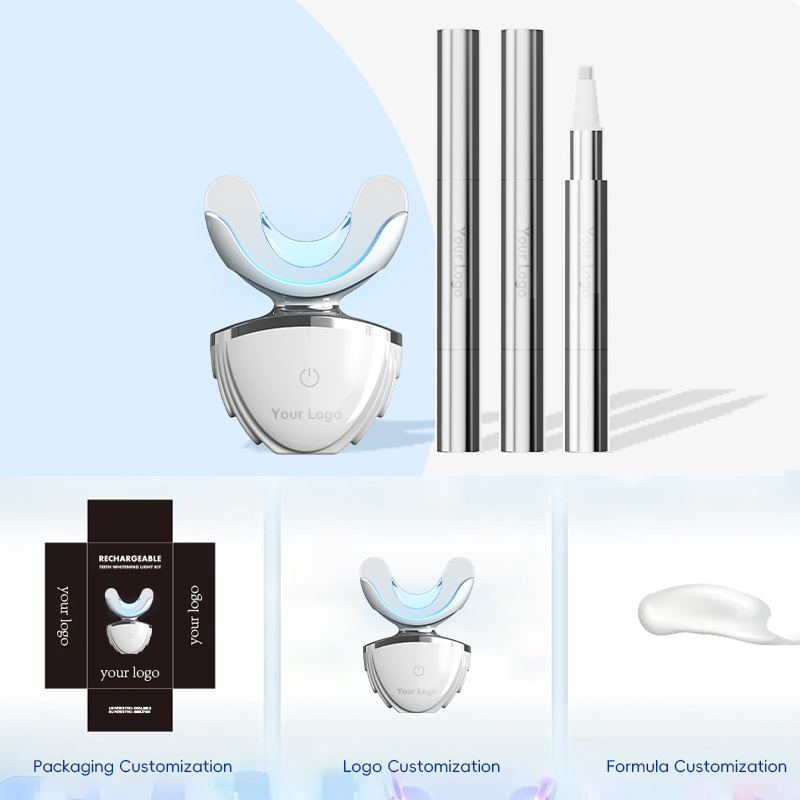
Tips to Select the Best Teeth Whitening Refill Kits Factories
.jpg)
Product Expansion Strategy: Why Brands Should Add Water Flossers to Their Lineup
Electric Toothbrush Parts & Accessories Supplier | OEM Replacement Components
.jpg)
Queens toothbrush store — should it honor Long Island deals? A B2B Playbook for Seamless Cross-Borough Promotions
.jpg)
Does Teeth whitening gel guarantee Professional results?

Electric Toothbrush Subscription Services: A Guide for OEM Suppliers & Brands
.jpg)
Florida Electric Toothbrush – Powsmart PTR-C8

electric toothbrush heads Deep Clean

Customization Teeth Whitening Gel

Private Label Whitening Gel

electric toothbrush heads Regular Clean

electric toothbrush heads Charcoal Infuse-Round

electric toothbrush heads Ultra Soft

Electric toothbrush heads Charcoal Infused-Diamond
whstapp
whstapp
National Toll-Free Service Hotline
+86 755 86238638